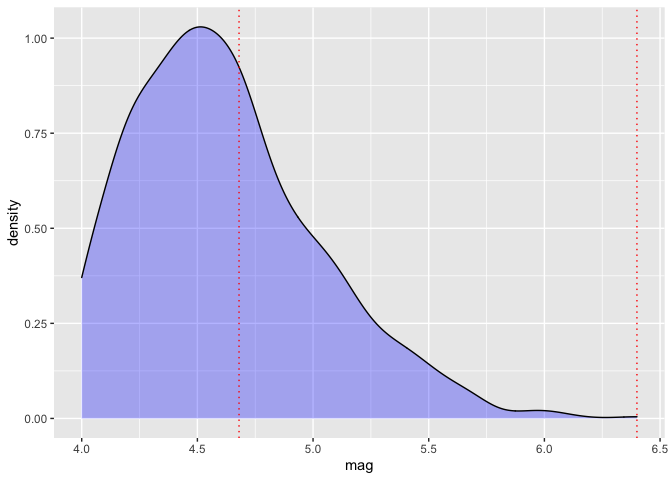
The hardware and bandwidth for this mirror is donated by dogado GmbH, the Webhosting and Full Service-Cloud Provider. Check out our Wordpress Tutorial.
If you wish to report a bug, or if you are interested in having us mirror your free-software or open-source project, please feel free to contact us at mirror[@]dogado.de.
The goal of stratifyR is to construct stratification boundaries using either the continuous variable in your data or a hypothetical distribution for your variable.
You can install stratifyR using:
install.packages("stratifyR")This is a basic example which shows you how to solve a common stratification problem:
library(stratifyR)
#> Loading required package: fitdistrplus
#> Loading required package: MASS
#> Loading required package: survival
#> Loading required package: zipfR
#> Loading required package: actuar
#>
#> Attaching package: 'actuar'
#> The following objects are masked from 'package:stats':
#>
#> sd, var
#> The following object is masked from 'package:grDevices':
#>
#> cm
#> Loading required package: triangle
#> Loading required package: mc2d
#> Loading required package: mvtnorm
#>
#> Attaching package: 'mc2d'
#> The following objects are masked from 'package:base':
#>
#> pmax, pmin
## basic example code using data
data(sugarcane)
Production <- sugarcane$Production
hist(Production)
res <- strata.data(Production, h = 2, n=1000)
#> The program is running, it'll take some time!
summary(res)
#> _____________________________________________
#> Optimum Strata Boundaries for h = 2
#> Data Range: [0.42, 1570.38] with d = 1569.96
#> Best-fit Frequency Distribution: gamma
#> Parameter estimate(s):
#> shape rate
#> 1.520409984 0.009226811
#> ____________________________________________________
#> Strata OSB Wh Vh WhSh nh Nh fh
#> 1 195.18 0.68 2832.16 36.219 458 9456 0.05
#> 2 1570.38 0.32 18071.08 42.939 542 4438 0.12
#> Total 1.00 20903.24 79.158 1000 13894 0.07
#> ____________________________________________________
## basic example code using distribution
res <- strata.distr(h=2, initval=0.65, dist=68, distr = "gamma",
params = c(shape=3.8, rate=0.55), n=500, N=10000)
#> The program is running, it'll take some time!
summary(res)
#> _____________________________________________
#> Optimum Strata Boundaries for h = 2
#> Data Range: [0.65, 68.65] with d = 68
#> Best-fit Frequency Distribution: gamma
#> Parameter estimate(s):
#> shape rate
#> 3.80 0.55
#> ____________________________________________________
#> Strata OSB Wh Vh WhSh nh Nh fh
#> 1 7.47 0.63 2.61 1.014 247 6279 0.04
#> 2 68.65 0.37 7.83 1.041 253 3721 0.07
#> Total 1.00 10.44 2.055 500 10000 0.05
#> ____________________________________________________The functions can be dynamically used to visualize the the strata boundaries, for 2 strata, over the density (or observations) of the “mag” variable from the quakes data (with purrr and ggplot2 packages loaded).
library(stratifyR)
library(ggplot2)
res <- strata.distr(h=2, initval=4, dist=2.4, distr = "lnorm",
params = c(meanlog=1.52681032, sdlog=0.08503554), n=300, N=1000)
#> The program is running, it'll take some time!
ggplot(data=quakes, aes(x = mag)) +
geom_density(fill = "blue", colour = "black", alpha = 0.3) +
geom_vline(xintercept = res$OSB, linetype = "dotted", color = "red") Read the
stratifyR vignette for a complete documentation and many more examples
using 10 different distributions.
Read the
stratifyR vignette for a complete documentation and many more examples
using 10 different distributions.
These binaries (installable software) and packages are in development.
They may not be fully stable and should be used with caution. We make no claims about them.
Health stats visible at Monitor.